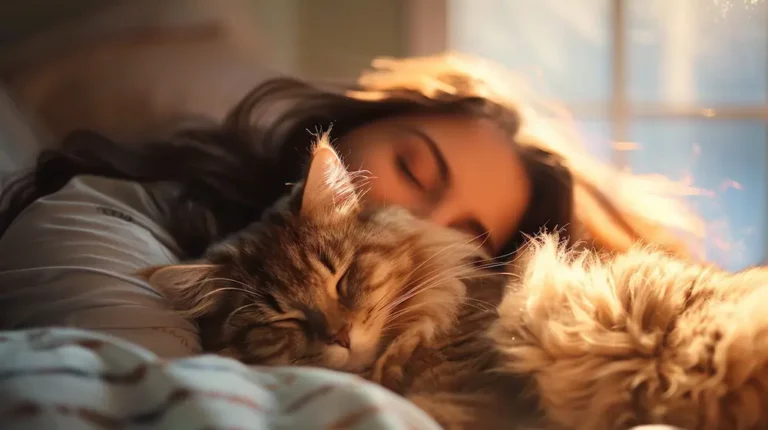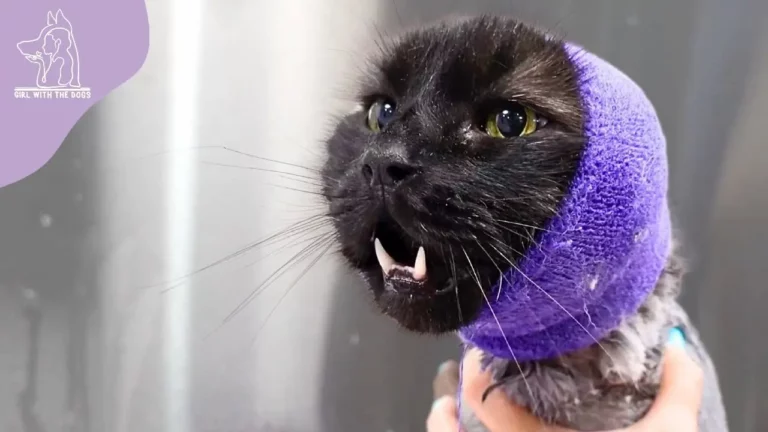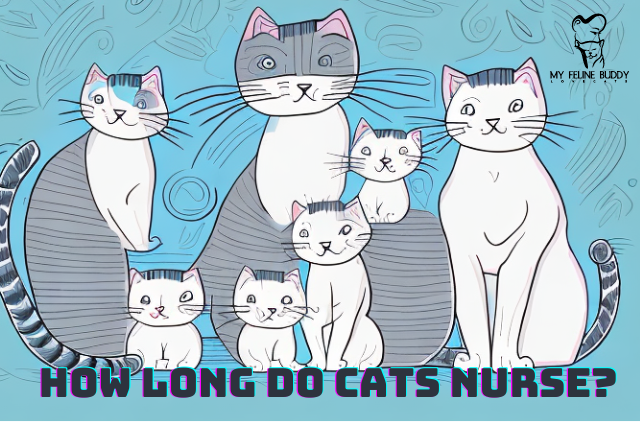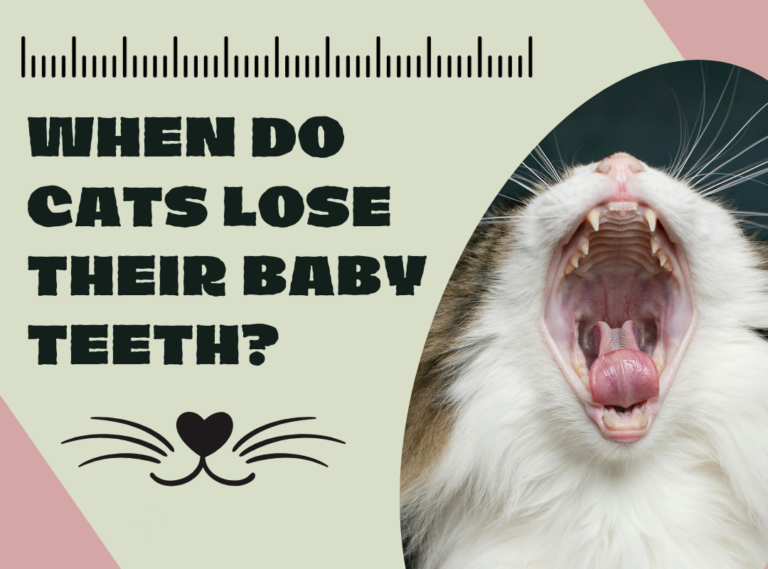Shocking! Here's Why Do Cats Walk Low To The Ground When Scared
When my
This behavior isn’t just random; it’s tied deeply to their evolutionary survival instincts.
By crouching, cats can blend into their environment, move quietly, and stay alert to potential dangers.
But there’s more to this behavior than just blending in—there are fascinating psychological and physiological aspects at play.
Why do they choose this specific posture, and what environmental triggers cause such a reaction? Let’s explore the reasons behind this intriguing
Evolutionary Survival Instincts
When cats walk low to the ground when scared, they’re tapping into their evolutionary survival instincts that have kept them safe for millennia.
This behavior is rooted in their ancestry as both predators and prey.
By staying close to the ground, cats make themselves less visible to potential threats.
This low posture helps them blend into their surroundings, reducing the chance of being spotted by predators.
In addition, walking low to the ground allows cats to move more quietly.
This important movement is essential for avoiding detection, giving them a better chance to either escape danger or prepare for a defensive reaction if needed.
Cats are naturally agile and quick, and this posture enables them to spring into action at a moment’s notice, whether to flee or defend themselves.
Moreover, this behavior isn’t just about avoiding predators. It also serves them well when stalking prey.
By staying low, cats can approach their target without being noticed, increasing their chances of a successful hunt.
It’s a fascinating blend of defensive and offensive strategies, all rolled into one instinctive movement.
Understanding this helps us appreciate the complexities of
Psychological Responses to Fear
While their evolutionary instincts drive the physical response, a
When a
This rapid assessment is vital for survival, as it dictates whether the
One of the most telling signs of a
This vigilance isn’t just a physical reaction but a psychological one, rooted in the
Cats also exhibit signs of stress, such as dilated pupils and flattened ears, which are direct indicators of their emotional state.
These behaviors show that the
Understanding these psychological responses helps us better comprehend why our cats behave the way they do when scared.
By recognizing these signs, we can provide a safer and more comforting environment for our cats, reducing their stress and fear.
Physiological Mechanisms
A
When a
This adrenaline surge increases heart rate and respiration, ensuring that the muscles receive more oxygen.
The
Blood flow is redirected from the digestive system to the muscles, giving the
Moreover, the
This crouched position also enables the
The fur may stand on end, a reaction known as piloerection, which makes the
By understanding these physiological mechanisms, we can better appreciate how remarkably well-adapted cats are for survival.
Recognizing these signs can also help us provide better care and comfort to our furry friends when they’re scared.
Environmental Triggers
Environmental triggers can play a significant role in why cats walk low to the ground when they’re scared.
For instance, sudden loud noises like thunderstorms or fireworks can startle a
The environment around them changes rapidly, and this sudden shift can make them feel vulnerable. By crouching, cats attempt to become less visible and more protected from perceived threats.
Another common trigger is the presence of unfamiliar objects or changes in their surroundings.
This includes new furniture, strange smells, or even the arrival of a new pet or person in the home.
These changes can disrupt a
Lastly, outdoor cats may encounter environmental triggers like other animals or unfamiliar territories.
The sight or scent of another animal can be enough to make them feel threatened.
In these situations, walking low to the ground helps them stay hidden and assess the situation without drawing attention to themselves.
Understanding these triggers can help us create a safer and more comforting environment for our cats.
Communication With Other Animals
Besides environmental triggers, cats also walk low to the ground when scared as a form of communication with other animals. When a
By making itself appear smaller and less threatening, the
This behavior is a natural instinct, developed over centuries, to help them survive in the wild.
When a
This can be especially important in multi-pet households, where establishing a peaceful hierarchy is essential for harmony.
Cats also use this posture to communicate readiness to flee if needed. By staying close to the ground, they can quickly dart away if the situation escalates. This combination of submission and preparedness helps them navigate interactions with other animals safely.
Understanding this behavior can help pet owners better manage their pets’ interactions and reduce stress in multi-animal environments.
Conclusion
To sum up, when a
By understanding these factors, we can better appreciate our beloved cats’ actions and provide the support they need.
So next time you see your






